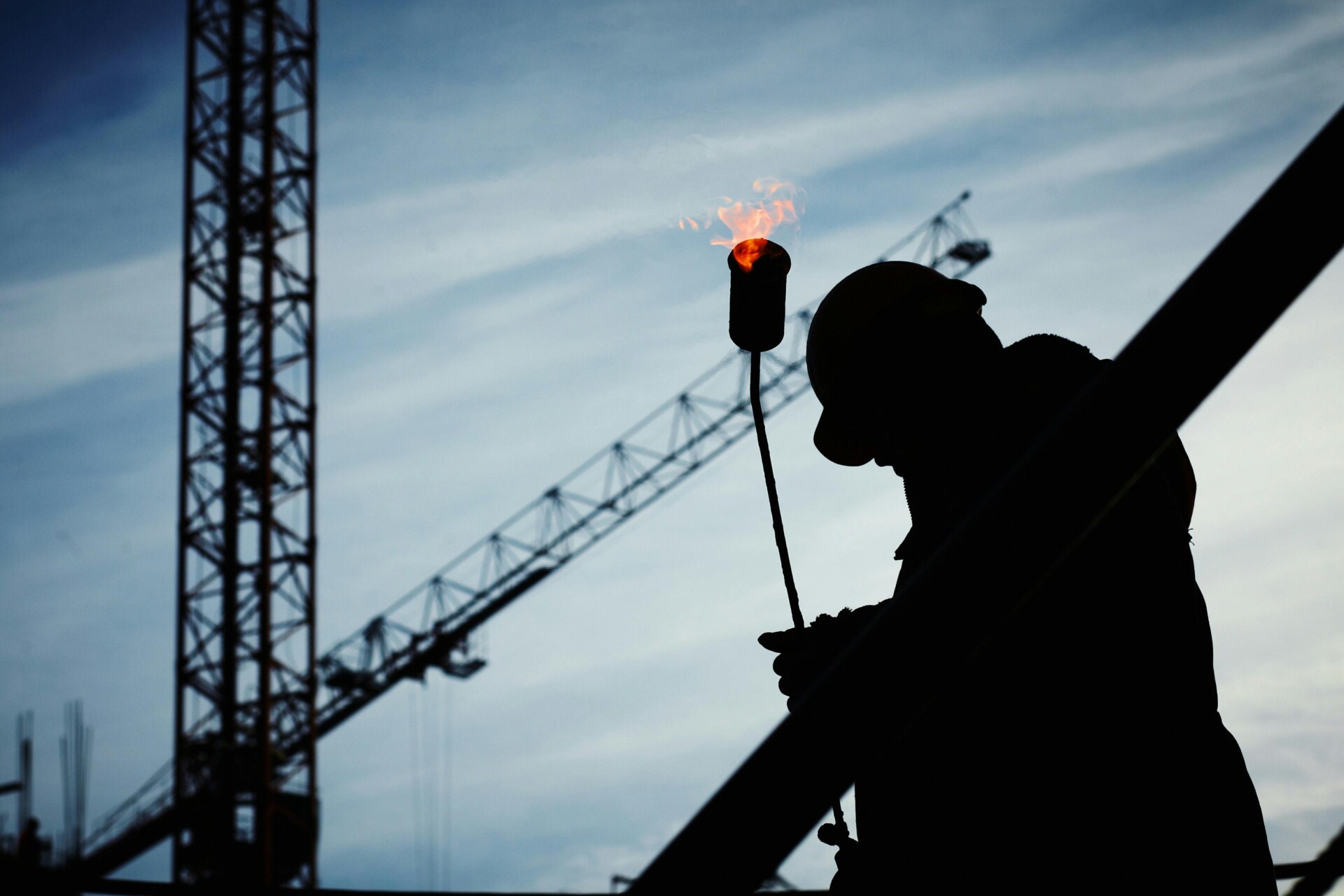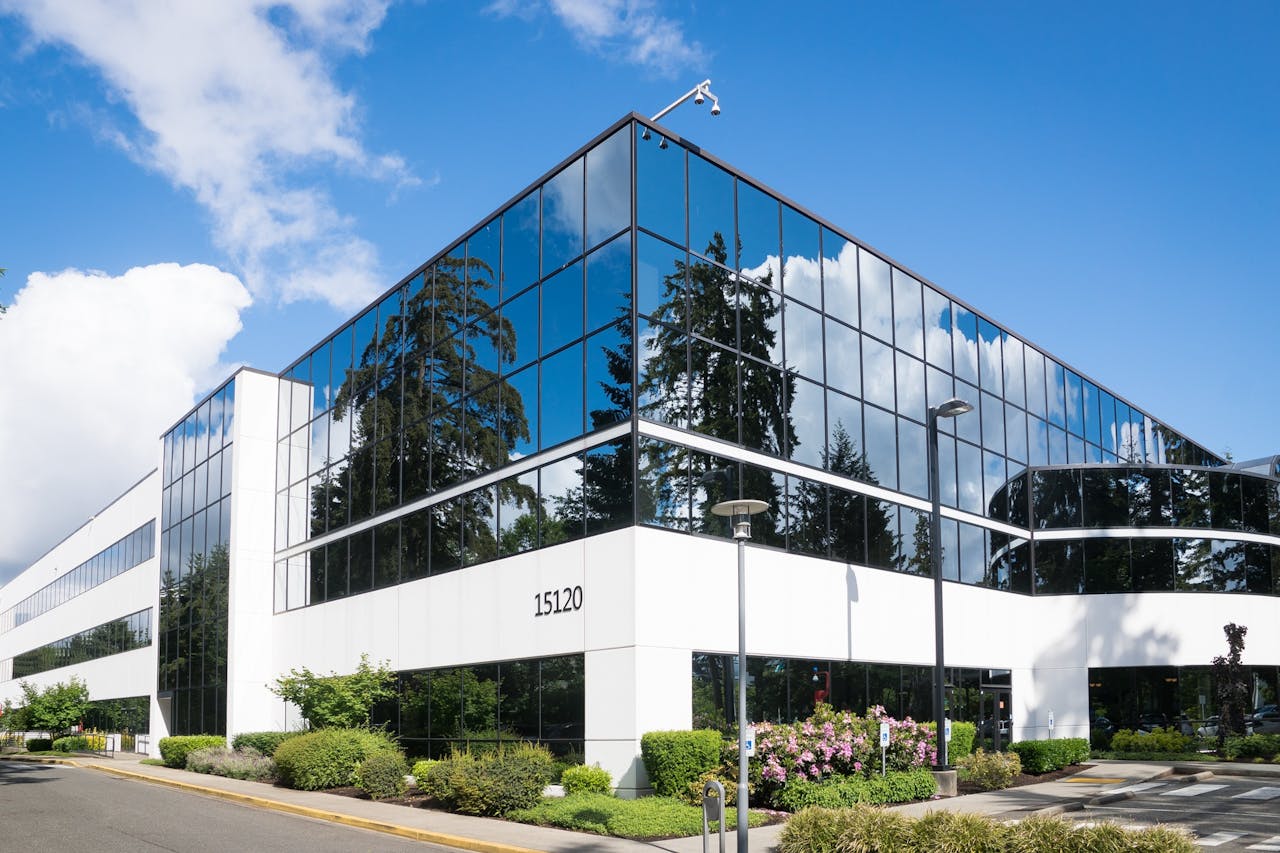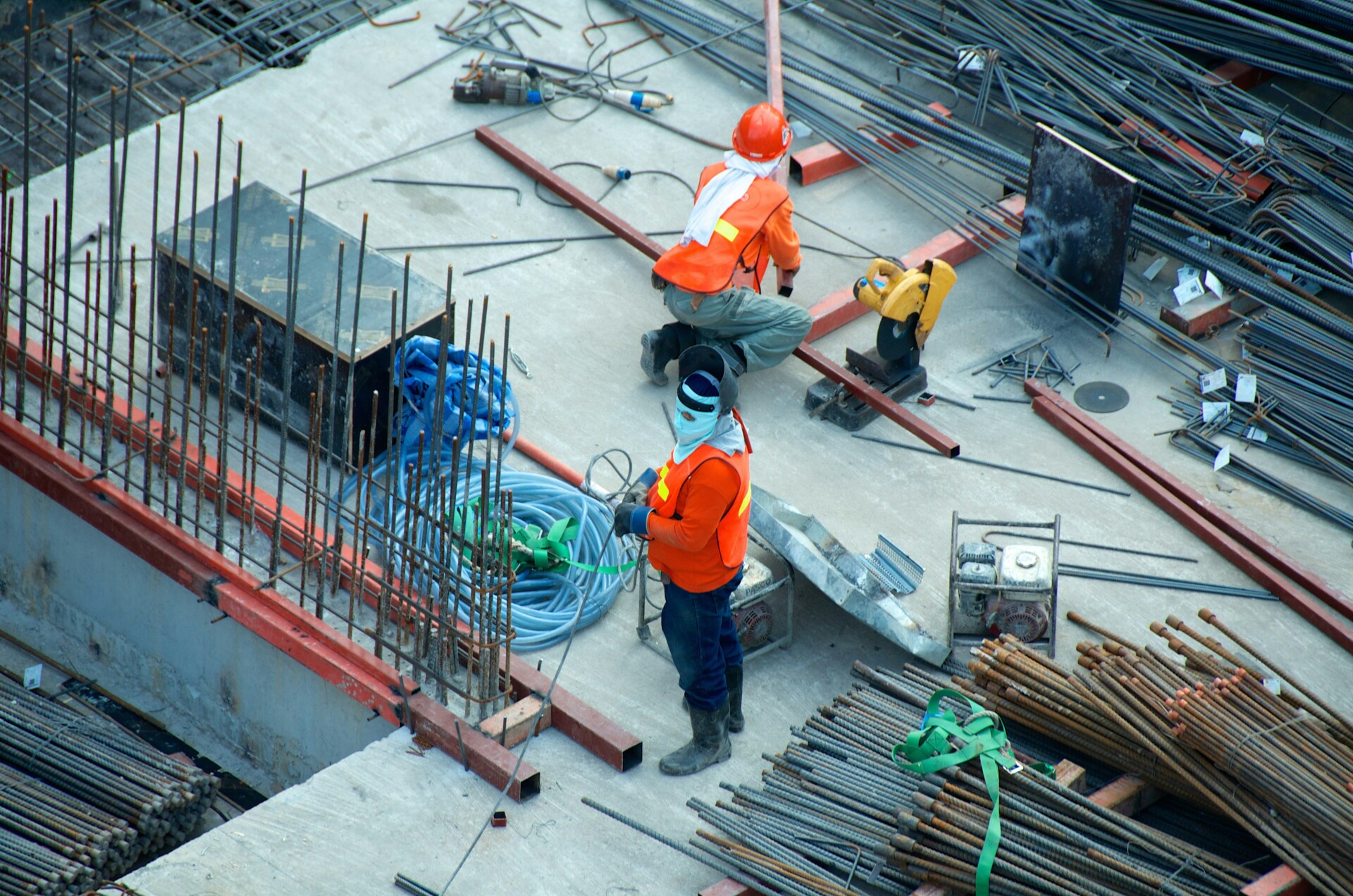On commercial construction sites, safety is not merely a buzzword—it is crucial. With nearly 1 in 5 workplace fatalities occurring in construction, the stakes are incredibly high. We take job site safety seriously because we know from experience that a single oversight can lead to tragedy.
At EB3 Construction, ensuring the well-being of every worker is our top priority. We view safety as the foundation that supports successful project delivery, regulatory compliance, and our reputation as a responsible contractor. By implementing rigorous safety protocols, we create an environment where hazards are visible and avoidable.
Our approach extends beyond simply following OSHA guidelines. We foster a culture where every team member feels empowered to speak up about potential risks. This proactive mindset prevents accidents and enhances overall productivity. When workers feel secure, they can focus fully on their tasks without fear or distraction.
Additionally, our commitment to safety directly impacts project timelines and budgets. By reducing workplace incidents, we minimize costly delays and keep projects on track. This efficiency translates to satisfied clients and a competitive edge in the industry.
How confident are you in your current job site safety measures? Are there areas where you see room for improvement? By continuously evaluating and enhancing safety practices, we can work together to make commercial construction sites safer for everyone involved.
What Are the Essential Safety Protocols for Commercial Construction?

At EB3 Construction, we prioritize safety on every commercial project through comprehensive protocols and rigorous training. Our approach focuses on several key areas to protect workers and prevent accidents:
Personal Protective Equipment (PPE)
We equip all personnel with proper PPE, including:
- ANSI-approved hard hats to guard against falling objects and head injuries
- Safety goggles or face shields to prevent eye injuries from debris and particles
- Cut-resistant gloves suitable for specific tasks
- High-visibility clothing to ensure workers are easily seen, especially around heavy machinery
Our site supervisors conduct daily PPE checks to verify all workers are properly equipped before beginning work.
Fall Protection Systems
For work at heights, we implement comprehensive fall protection, including:
- Safety netting installed below elevated work areas
- Guardrails on scaffolding, elevated platforms, and along open edges
- Personal fall arrest systems with full-body harnesses, lanyards, and secure anchor points
We conduct fall protection training for all employees and perform regular inspections of fall protection equipment.
Scaffolding Safety
Our scaffolding protocols include:
- Daily inspections by a qualified person before each shift
- Ensuring proper assembly with a stable foundation and secure connections
- Installing guardrails on all open sides and ends of platforms
- Verifying weight capacity and never overloading scaffolds
Tool and Equipment Safety
To prevent accidents from faulty or improperly used equipment, we:
- Maintain a regular inspection and maintenance schedule for all tools and machinery
- Train workers on proper equipment operation and safety features
- Immediately remove and tag out any defective tools or equipment
- Ensure proper storage of tools when not in use
By consistently implementing these essential safety protocols, we create a culture of safety that protects our workers and ensures smooth project execution. Our commitment to safety goes beyond mere compliance – it’s an integral part of how we approach every aspect of commercial construction.
How Do OSHA Regulations Apply to Commercial Construction Sites?
On large commercial construction projects, OSHA regulations are extensive and address the unique hazards associated with larger worksites and more complex operations. We approach these projects knowing that the increased scale presents more potential risks to manage.
For scaffolding, which is common on commercial sites, we ensure our setups can support at least four times the maximum intended load. This isn’t just a guideline—it’s a strict requirement under OSHA’s Subpart L. For any scaffold over 10 feet high, we install guardrails as a mandatory safety measure.
Cranes and heavy machinery are another critical area for safety compliance. We only permit certified operators to run this equipment, in accordance with OSHA’s Cranes and Derricks Standard (Subpart CC). Our teams conduct regular inspections to identify any mechanical issues before they result in accidents. Skipping these checks isn’t an option—it could lead to hefty fines or, worse, a tragic incident.
One of the most crucial elements on our commercial sites is the site-specific safety plan. With multiple trades working in close proximity, the risk of collisions or interference significantly increases. We develop comprehensive plans that account for the site’s dynamic nature, ensuring every worker understands the potential hazards and how to avoid them.
Implementing these OSHA regulations requires constant vigilance. It’s not just about avoiding citations—although those can be costly. It’s about creating an environment where our workers can focus on their tasks without worrying about preventable accidents. By adhering to these standards, we not only comply with the law but also demonstrate our commitment to the well-being of everyone on site.
What Are Key Strategies for Maintaining a Safe Commercial Job Site?
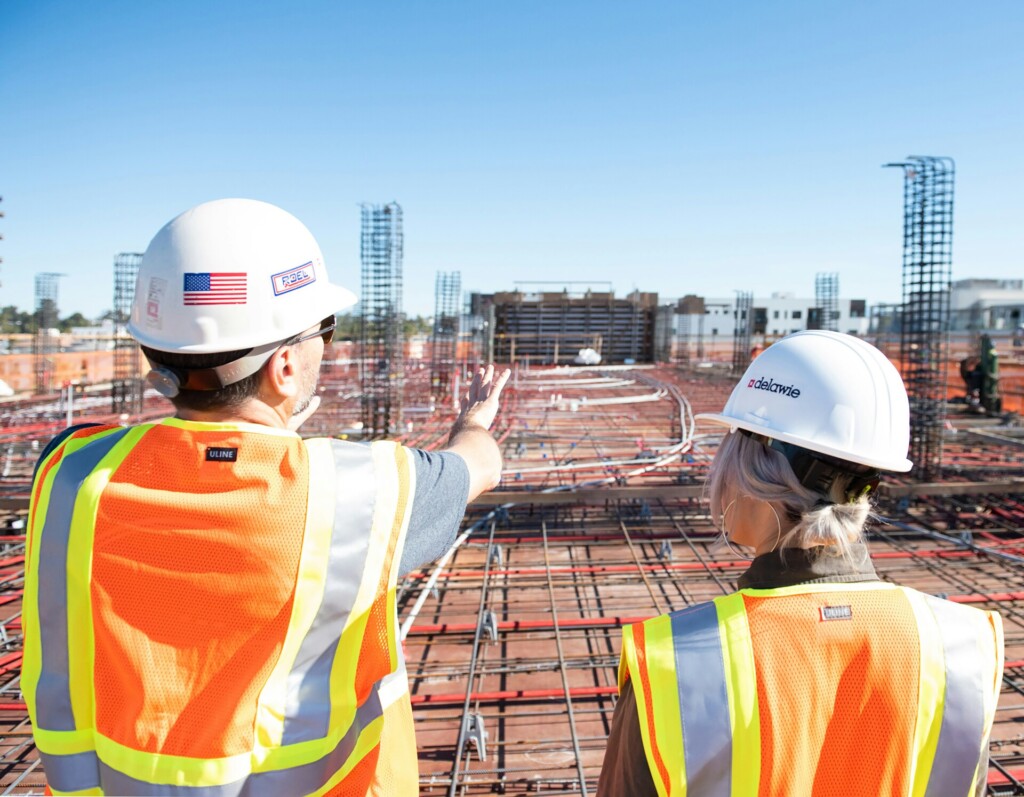
Maintaining a safe commercial job site requires organization, communication, and consistent protocols. Keeping the construction site clean and tidy is crucial for preventing accidents. We prioritize the prompt removal of debris, dust, loose nails, and any standing water to eliminate slip and trip hazards. Proper storage of tools when not in use is also essential – we ensure all lights and power tools are unplugged and securely put away.
Using the correct equipment for each task, rather than improvising with makeshift tools, is a key safety practice we enforce. Attempting to use tools improperly or jury-rigging equipment often leads to accidents. We provide comprehensive training to ensure workers understand how to select and use the right tools.
Preparing for emergencies is another critical aspect of job site safety. We develop thorough emergency response plans that cover situations like natural disasters, fires, or hazardous material spills. These plans are regularly reviewed and practiced so all workers know exactly what to do in a crisis.
Engineering controls like barriers and fences play an important role in isolating hazardous areas on the site. We strategically place these physical controls to keep workers away from dangerous zones and prevent unauthorized access. Proper signage accompanies these barriers to clearly communicate risks.
Regular inspections are essential for maintaining safe conditions. We require workers to inspect all tools and equipment before each use, looking for signs of damage or wear. Any issues are immediately reported through our hazard communication system. This proactive approach allows us to address potential dangers before they cause harm.
By consistently implementing these key strategies, we create a culture of safety awareness. Workers are empowered to speak up about hazards and actively participate in maintaining site safety. Though it requires ongoing effort, prioritizing these safety practices is crucial for protecting our team and ensuring smooth project execution.
How to Create a Proactive Safety Culture on Commercial Projects
Creating a proactive safety culture on commercial construction projects involves embedding safety into every aspect of operations, extending beyond basic regulatory compliance. At EB3 Construction, fostering such a culture requires a multifaceted approach that engages workers at all levels.
Conduct Frequent Safety Audits
We conduct regular safety audits on our job sites to identify and address potential hazards before they lead to accidents. These audits are not merely about completing checklists; our teams actively search for risks that may not be immediately apparent. For example, on a recent high-rise project, our audit uncovered an issue with material storage that could have resulted in falling objects. By identifying and rectifying this early, we prevented a serious safety incident.
Engage Employees in Safety Planning
Employee engagement is crucial for a proactive safety culture. We have established safety committees that include workers from various trades and levels of seniority. These committees meet regularly to discuss safety concerns and propose solutions. Additionally, we have implemented an anonymous reporting system allowing any worker to flag safety issues without fear of repercussions. This approach has provided valuable insights from those on the front lines of our projects.
Provide Specialized Safety Training
While basic safety training is essential, we surpass the minimum requirements by offering specialized training that addresses industry-specific risks. For instance, we have developed a custom training program for working at heights that incorporates the latest fall protection technologies and techniques. This specialized approach ensures our teams are prepared for the unique challenges of commercial construction.
Implement Behavior-Based Safety Programs
Behavior-based safety programs are a key component of our proactive strategy. These programs focus on identifying unsafe behaviors and providing real-time feedback to workers. Our supervisors are trained to observe work practices and offer constructive guidance on safer methods. This ongoing feedback loop has been instrumental in reducing risky behaviors on our sites.
Leverage Technology for Enhanced Safety
We use advanced technology to enhance our safety monitoring and management. Our construction management software allows for real-time reporting and tracking of safety incidents and near-misses. We are also piloting the use of wearable devices that can detect falls or unsafe environmental conditions, alerting supervisors immediately if a problem arises.
Recognize and Reward Safety Adherence
Creating a culture of safety means celebrating those who consistently prioritize safe practices. We have established a recognition program that rewards teams and individuals for outstanding safety performance. These rewards are not just for avoiding incidents but also for proactive measures like identifying potential hazards or suggesting safety improvements.
Establish Feedback Loops for Continuous Improvement
A truly proactive safety culture is always evolving. We have established feedback mechanisms to continuously improve our safety practices. After each project, we conduct thorough reviews of our safety performance, analyzing what worked well and where improvements can be made. This information is then used to refine our safety protocols for future projects.
| Element | Description |
|---|---|
| Risk Assessment and Hazard Identification | Identifying potential hazards and assessing risks to prevent incidents before they occur. |
| Employee Engagement | Involving frontline workers as stakeholders in safety processes to enhance communication and accountability. |
| Continuous Improvement | Dedication to ongoing enhancement of safety programs through techniques such as the DMAIC framework. |
| Leading vs Lagging Indicators | Utilizing predictive leading indicators rather than retrospective lagging metrics to improve safety outcomes. |
| Proactive Safety Program | Implementing a forward-thinking approach to safety that includes technologies and training to prevent incidents. |
By implementing these strategies, we have seen a significant improvement in our safety performance across our commercial projects. However, we recognize that creating a proactive safety culture is an ongoing process that requires constant attention and commitment from everyone involved in our operations. As we continue to refine our approach, we remain dedicated to ensuring that every worker goes home safely at the end of each day.
Conclusion: The Long-Term Benefits of Prioritizing Job Site Safety
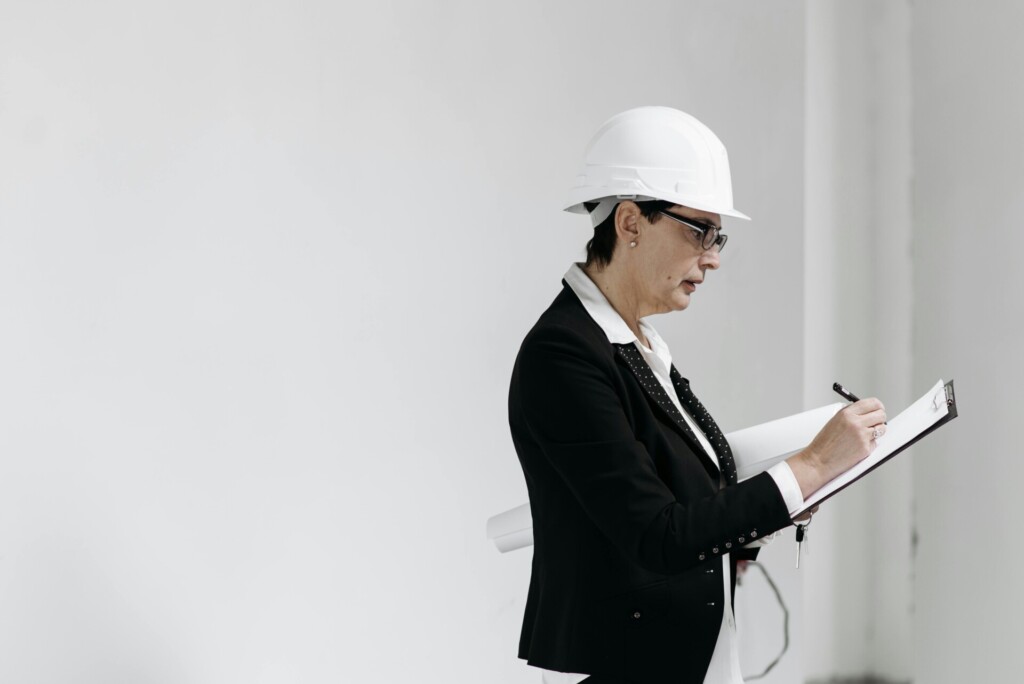
Prioritizing job site safety on commercial projects delivers significant long-term benefits that extend far beyond regulatory compliance. A comprehensive approach to safety not only reduces accidents and injuries but also improves worker morale and productivity while minimizing costly project delays. By implementing proper safety protocols, providing appropriate equipment, and fostering a culture where safety is everyone’s responsibility, we protect our most valuable asset—our workers—while enhancing our reputation and operational efficiency.
The ripple effects of a strong safety program are felt throughout an organization. As accidents decrease, insurance premiums often follow suit. Projects run more smoothly with fewer disruptions, leading to improved timelines and client satisfaction. Perhaps most importantly, workers who feel safe and valued tend to be more engaged, productive, and loyal.
Investing in safety is not just a regulatory requirement but a sound business strategy that pays dividends through improved project outcomes and reduced liability. The upfront costs of safety equipment, training, and oversight are outweighed by the long-term savings in accident prevention, increased productivity, and risk mitigation.
As an industry, we must view safety not as a burden, but as an opportunity to demonstrate our commitment to excellence and our respect for human life. No project deadline or profit margin is worth compromising the well-being of those who build our world. By making safety our top priority every day, we create a more sustainable, ethical, and ultimately successful construction industry.
The time to act is now. We encourage all construction professionals to evaluate their current safety practices and take immediate steps to strengthen protocols, provide additional training, or upgrade equipment where needed. The life you save may be your own—or that of a valued colleague. Remember, in construction, there is no greater victory than every worker returning home safely at the end of each day.
To learn more about implementing industry-leading safety practices on your projects, contact EB3 Construction today. Together, we can build a safer future for our industry.


